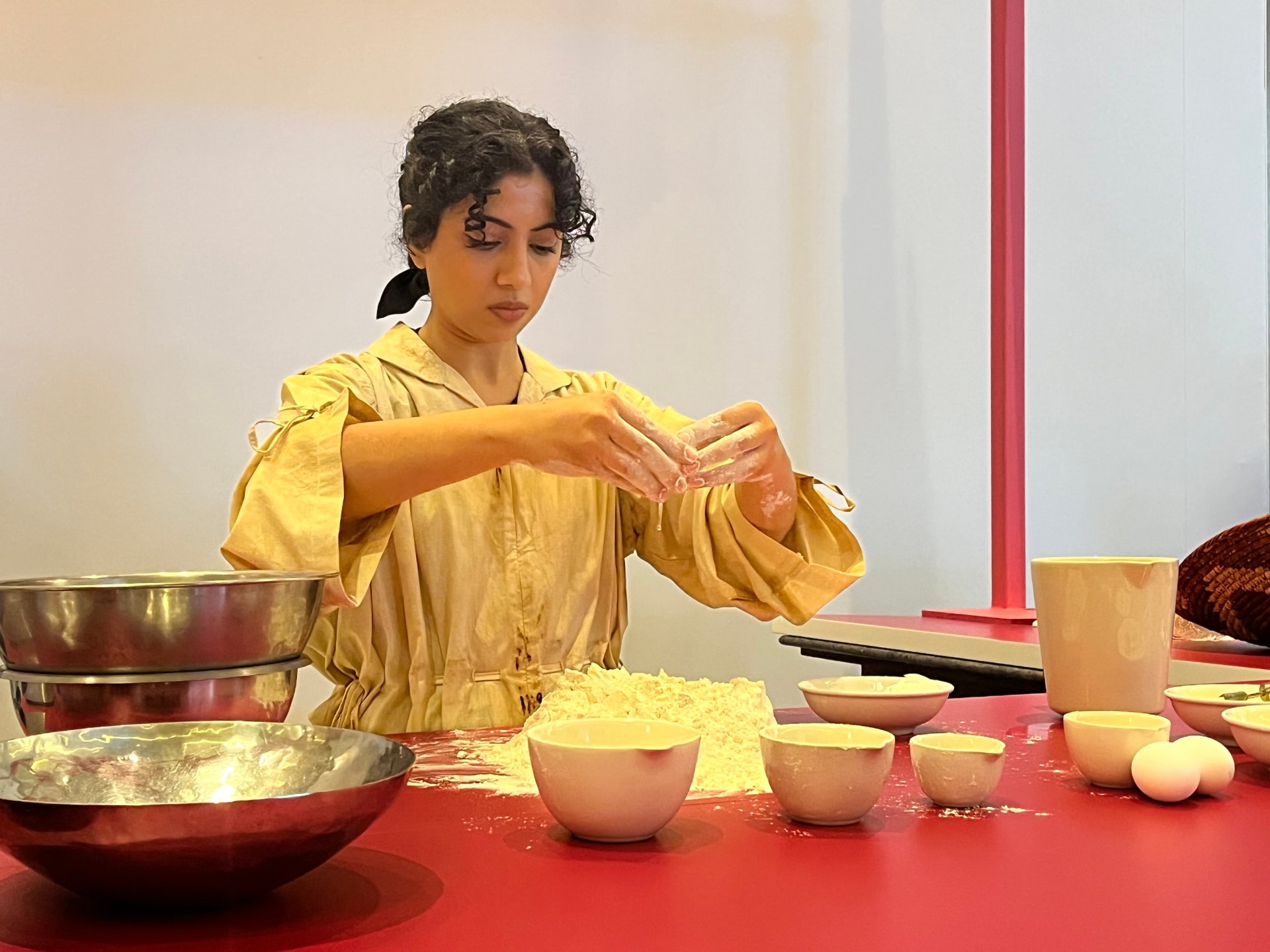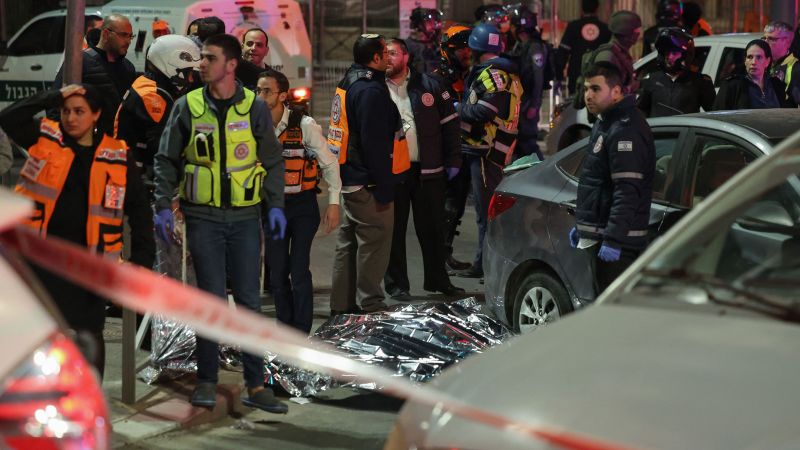Bread, body: UAE artist Moza Almatrooshi explores food and soul
Dubai, United Arab Emirates – Sharjah artist and chef Moza Almatrooshi has been kneading and shaping bread dough for about two hours, mixing ingredients and shaping the dough into curious shapes as passers-by stop to watch. By the end of the day, the bread is distributed to an eager, if unlikely audience.
The scene is part of her performance The Alphabetics of the Baker, staged during Art Dubai in March for Chaupal: A Journey through South Asia, which invited more than 10 artists from Asia to explore food’s place in communities, politics, traditions and rituals.
Her performance looked at the physicality of bakers. Each day at the expo, she created fresh bread shaped after what she called an imaginary alphabet.
“When you order something from either a baker, confectioner or barista, it’s like you’ve punched the codes in their bodies in how they move around the machines that they have in the kitchen or how they use the tools in the kneading and all of that,” Almatrooshi told Al Jazeera. “I’ve taken those gestures and derived them into shapes, and I’m making them back into bread.”
By doing so, she sought to spotlight the overlooked people behind the world’s most eaten staple.
“I’m very preoccupied with food and my practice looks at several things, whether it’s inside the kitchen space – how people move inside the kitchen and how they’re mechanised – or outside of the kitchen and agricultural spaces – how food politics work in different communities,” she said. “This performance … started with me looking at how people move inside kitchen spaces, particularly bakers.”
“Bread has these connotations of the body, and so to make bread by someone who has that profession and then to consume it creates this cycle,” Almatrooshi said. “It’s also a common denominator as, regardless of class or economic strata, we all eat bread.
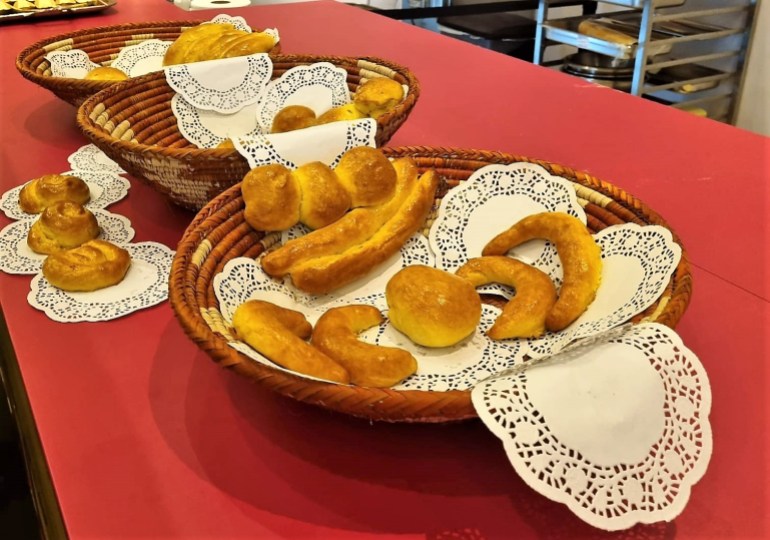
Alphabetics of the Baker was a continuation of her film, Glaze, which examined sugar and its history as a business made lucrative by the slave trade and its addictive, indulgent nature as well as its ability to mask other flavours. Glaze was shown at Pak Tea House at the 2020 Lahore Biennale.
“To have an inversion of service right in front of you, to have something considered laymen or working class in a high-art environment, in my experience, makes people quite uncomfortable because you’ve inverted the gaze,” Almatrooshi said. “The service doesn’t look at you; it’s hidden from you and kind of just slides your food on your table and can be quite invisible.”
Almatrooshi’s early art focused on space and land and how they could be markers of change and irreversibility in society. Almatrooshi said food was a natural transition because it also undergoes irreversible processes when cooked or mixed together.
“I paired the two ideas but continued to look at spatial politics in food production spaces, such as kitchens, bakeries, restaurants, farms and natural landscapes,” she said. “The thread that courses through the progression of my practice is the fictional element I often add and play with, which is based on both ancient and contemporary myths in the region.
“Not only is food one of the most important themes of our lifetime, it’s also got historical and symbolic weight across time and geographies.”
Almatrooshi eventually trained as a chef to better explore the substance of food as well as its imagery and symbolism.
In her 2018 piece, We Share Bread + Salt at the Glasgow School of Art, she ran a two-day workshop with local artists and curators, developing a text and recipe based on an ingredient every participant chose, something that was either personal or political to them.
The result was a simple dish of bread, purple carrots, potatoes, red chilli, saffron and cardamom that was prepared the next day and placed on a tablecloth printed with a poem about bread as the genesis for life.
“This was one of the earlier instances where I started to find ways to expand my practice socially and engage others in it to form the work,” Almatrooshi said. “Everyone has a familiarity with food. It has the ability to be communicative in many ways no matter the context.”
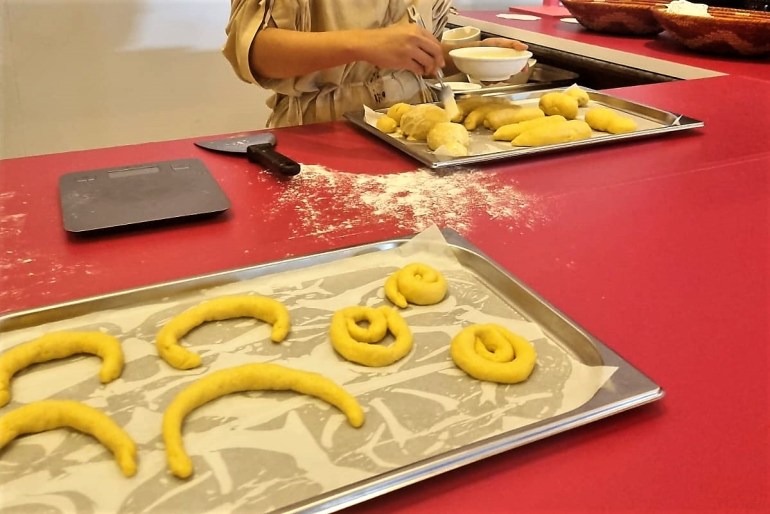
Alphabetics of the Baker and other works in Almatrooshi’s career play with the notion of food being its own language, one that can transcend politics, social class and cultures. Staples like bread and dates often come up in her practice as a symbol of universal commonality.
In 2019, she created a work called Praise Hiya to look at how sustenance, life and femininity are often intertwined but undervalued in the modern history of the Middle East and what can be imagined in the space of erasure, especially within the context of the persistent erasure of female histories in ancient Arabian narratives.
“In the Arabian Peninsula, there were many deities that had reverence for pre-Islamic Arabs, and often these deities were associated with natural occurrences and phenomena,” she explained. “This clues us into the attunement to nature that people practised, … but there are little to no accessible records of that time in terms of what rituals were held and so on.
“Praise Hiya plays with the idea of filling that erasure with imagination and carrying out the forgotten rituals to reinstigate our relationship with nature, in particular with vegetation.”
The performance used dates and valuable spices as an offering, looking at how food was used during such rituals and the significance it held.
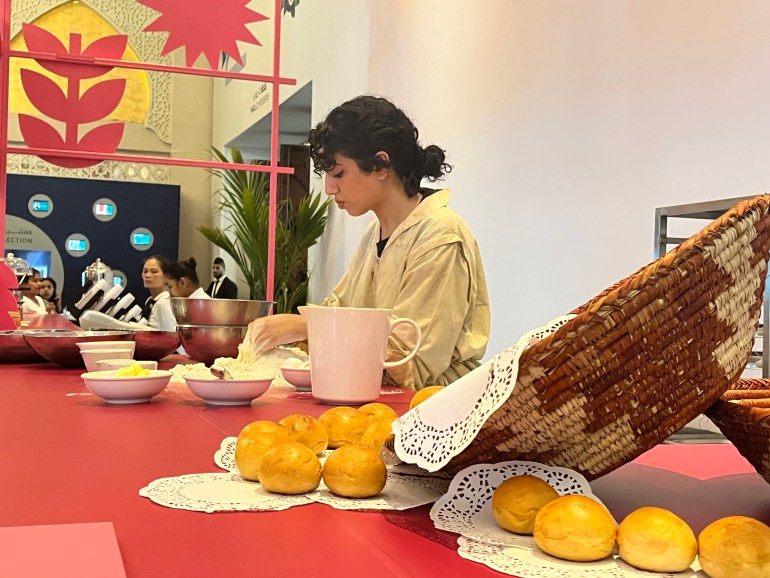
Almatrooshi says she is planning to continue exploring the physicality of food spaces and has visited dozens of bakers in different communities in the United Arab Emirates.
She is conscious of not gentrifying the experience as a middleman but wants to offer a “special look” at the hidden lives of bakers. Trust, she says, is essential to such interactions and, despite food being a shared experience, the cooks behind the scenes can be secretive and hesitant to have their methods scrutinised.
“When you’re able to go in and observe how people move and are able to record them, not really for who they are, what their stories are, but just about this core humaneness of how they move, it’s great,” she said, dismissing the idea that an artist should tell people’s stories for them.
“There’s also this quite beautiful choreography that happens in these kitchens,” she said. “It’s quite beautiful when you earn that trust.”

